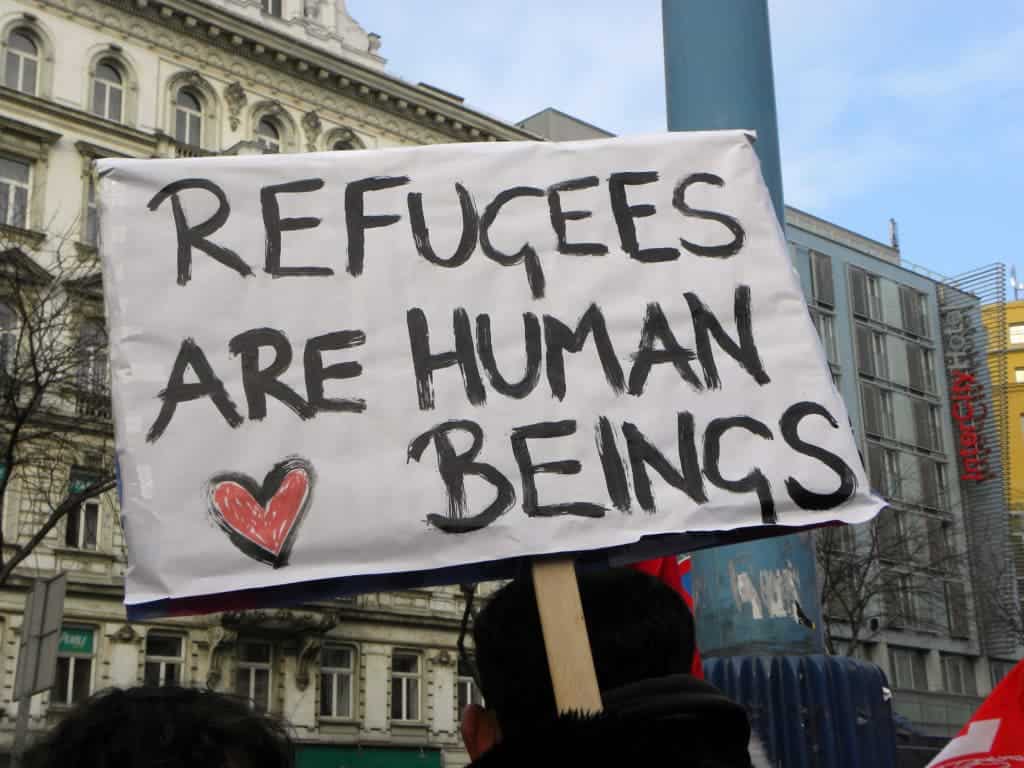A study found that media from the US, UK, and Lithuania paints refugees in an unflattering light, often using expressions with negative connotations.

“Southern Europe is experiencing the surge of refugees…”, “The flow of refugees in Lithuania would influence…”, “Tsunami of hundred thousands of refugees is a fact…” — there’s surprisingly little variation in how refugees are usually presented in the media. They’re often characterized as a headache, a fever or even a cancer of society, while positive expressions are virtually never used.
Ieva Senkute, a graduate from the Kaunas University of Technology (KTU) in Lithuania, analyzed more than 200 articles published in Lithuanian, American and British online media. She found that while British media tends to be the most neutral of the three, no one really uses positive associations.
This is significant because the way in which the media presents such topics, even through seemingly harmless phrasing and metaphors, can do a lot to shape public opinion.
“Through conceptual metaphors journalists express their attitude towards refugees and in such a way shape public’s understanding of the phenomenon. It is strange and somewhat disappointing that no metaphors having positive connotations were detected”, says Ieva.
She believes that these media portrayals are in direct connection to social settings — America is riding high on the isolationism train, whereas the British are more reserved. She was also expecting to find more negative comments in her native Lithuanian media, but this was not the case.
“These findings were not very surprising – British are famous for their manners, therefore the metaphors used in the UK’s media are the least aggressive. On the other hand, Americans are constantly fearing terrorism and refugees are considered a threat to their country’s security”.
Negative imagery
Associating refugees with water was quite common. They were presented as a “surge” or a “flood,” coming down and adding pressure. Words like “headache” and even “cancer” tended to pop up. These were metaphors, meant to convey a message and add a bit of perspective, but these metaphors do a great deal to reveal the thought pattern of a particular country, Ieva says.
The US proved to be a good example. The media took a relatively aggressive stance on refugees, worrying that they are threats to national security. This stance was representative of the attitude of the country’s government. This is also where the most aggressive images were invoked. A politician’s speech was quoted likening the refugee situation with a rattlesnake, and on the same pages, refugees were being described as “an urgent and seemingly metastasizing threat.”
Of course, this analysis was only conducted on 200 articles. While substantial, this is a sample size that can be worked on. Also, there is a discussion to be made about what articles are selected. There is a great variation between the quality and the bias of news outlets; one could hardly compare The Guardian to Daily Mail, or Washington Post with Breitbart. Overall, it’s an intriguing study which can definitely be built upon.
The study was not published in a peer-reviewed journal. Source: KTU.


